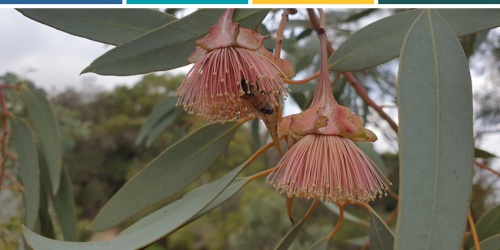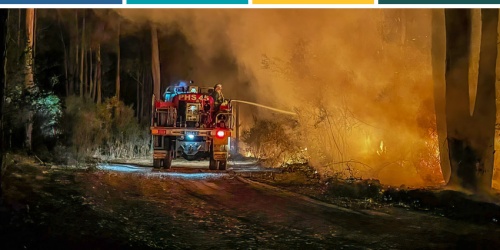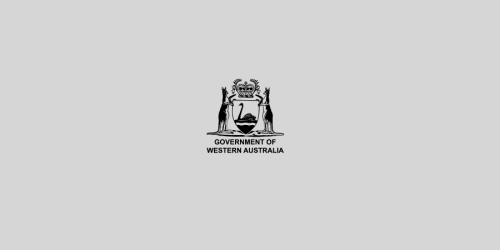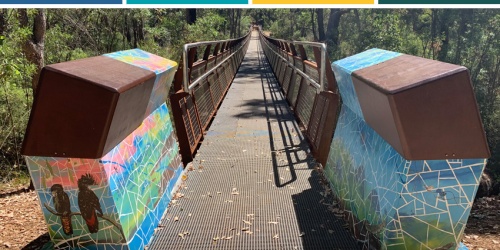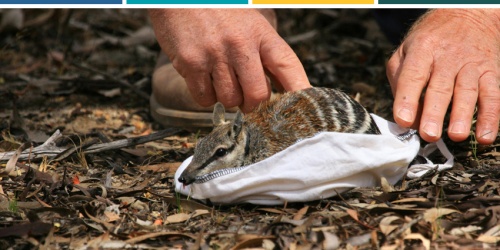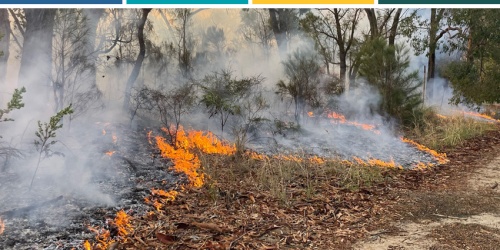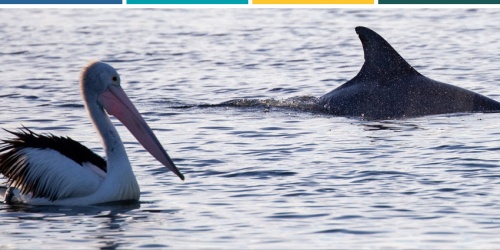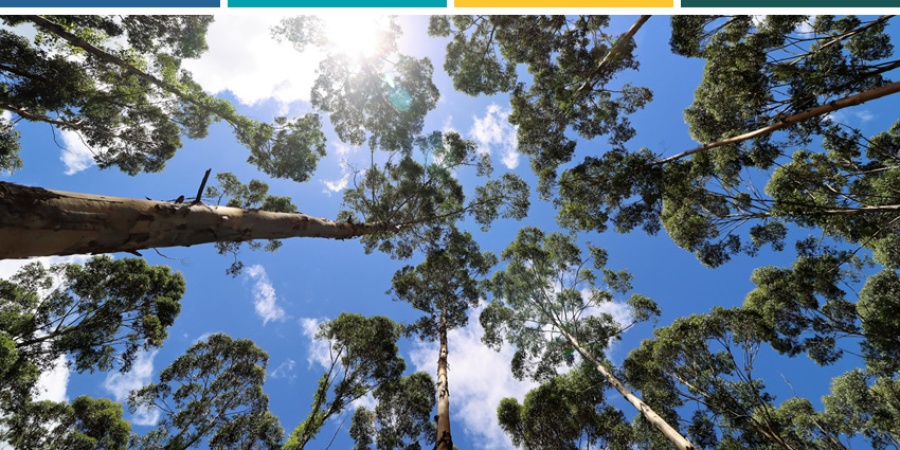
Service 8 is responsible for developing and implementing programs that provide for economic, social and cultural benefits from State forest and timber reserves while conserving biodiversity, maintaining soil and water values and sustaining the health, vitality and productive capacity of the forest for current and future generations.
This service is also responsible for developing and implementing programs that provide works and services that directly support commercial forest production activities on State forests and timber reserves.
Performance summary
Table 6: Service 8 performance summary
| 2021–2022 target | 2021–2022 actual | Variance | |
|---|---|---|---|
| Expenses by service | $21,826,000 | $20,093,000 | ($1,733,000) |
| Key efficiency indicators | |||
| Average cost per hectare of forest | $16.90 | $15.65 | ($1.25) |
| Key effectiveness indicators | |||
| Cumulative removal of jarrah and karri sawlogs by approved harvesting operations compared to limits in the Forest Management Plan | 1,528,000m3 | 1,072,540m3 | (455,460m3) |
Note: Removal of jarrah and karri sawlogs under the Forest Management Plan 2014–23 is reconciled on a calendar-year basis and further adjustments to actual removals are reported through monitoring processes in the end-of-term performance review of the Forest Management Plan 2014–23.
More information on these indicators can be found on the Disclosures and legal compliance page in the downloads section.
Performance highlights
Major plans
- Implementation of the Forest Management Plan 2014–23 (FMP) continued and the End of Term Performance Review of the FMP was compiled and submitted to the Conservation and Parks Commission. The report was published on 30 June 2022.
- Development of the Forest Management Plan 2024–33 commenced. Stakeholder engagement and public consultation was facilitated through meetings, focus groups and an online survey, and information was communicated through the department’s website and newsletters.
- The department completed the review of silvicultural guidelines through the engagement of an independent expert panel, as stipulated in the FMP.
- The third Annual Meeting of Officials was held for the extended WA Regional Forest Agreement in May 2022.
- The department continued to contribute to the ongoing international development of the Montreal Process criteria and indicators for sustainable forest management, including preliminary work towards Australia’s next State of the Forests report due in 2023.
- The department continued to provide technical advice and support to help deliver an interagency initiative for operational trials of ecological thinning in jarrah forests.
- Information on science projects supporting implementation of the FMP can be found in Service 6: Conserving habitats, species and ecological communities within this report.
Forest management
- Technical support for on-ground works and advice was provided to the Forest Products Commission (FPC) for implementation of annual harvest and coupe plans, fire management and forest regeneration activities.
- Projections of native forest timber resources available under the FMP were prepared for the forest products industry.
- Further enhancement of the Disturbance Approvals System (DAS) commenced to enable spatial datasets to auto-populate background and reference items describing the proposed disturbance. At 30 June 2022 the DAS contained 1265 proposals for disturbances ranging from timber harvesting to recreation site development. These include operations submitted by external parties including local government authorities, Telstra, Water Corporation, DWER, Main Roads WA and the FPC.
Forest planning and monitoring
- Revisions to indicative timber harvest plans were prepared for the south-west forest regions to reflect a cessation of harvesting in karri two-tiered forests.
- A total of 383 disturbance activities occurred, with 152 occurring within State forest and timber reserves. Thirty were evaluated and monitored for compliance with the environmental outcomes sought in the FMP. This included 21 soil disturbance and erosion surveys across 19 active native forest coupes (covering 258 hectares and 85km of log extraction track), and 15 tree marking assessments in 13 forest coupes covering 5957 hectares with 90 hectares assessed. Detection and mapping of dieback was undertaken on 29,380 hectares of land managed by the department to help plan and manage disturbance operations and the prioritisation of disease management treatments.
- All mapped old-growth forest on land managed by the department is protected from timber harvesting and associated disturbance. Changes to mapped old-growth forest includes 846 hectares of jarrah old-growth forest, 52 hectares of karri old-growth forest and 46 hectares of wandoo old-growth forest.
- The department analysed the potential locations of 14 new fauna habitat zones and finalised four, which comprise a gross area of 759 hectares. The total number of fauna habitat zones has increased to 153, comprising a gross area of 38,609 hectares (excluding four fauna habitat zones that were subsumed during the year into the expanded Wellington National Park).
- High-resolution, digital aerial imagery was gathered across 202,000 hectares of forest and plantations to monitor and measure areas for timber harvesting, silvicultural outcomes, bushfire recovery and prescribed fire outcomes.
- Programs of strategic-level timber inventory within regrowth karri, regrowth jarrah and areas rehabilitated following mining for bauxite, were undertaken to inform development of the next FMP. A total of 350 plots of varying design were either established or remeasured.
- Extensive redevelopment of stand-level growth simulators for jarrah and karri was progressed to inform the development of the next FMP.

